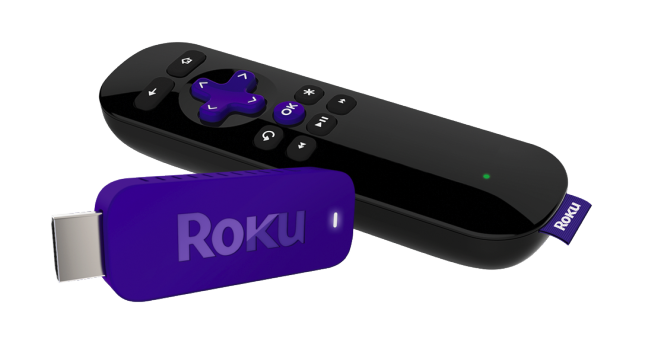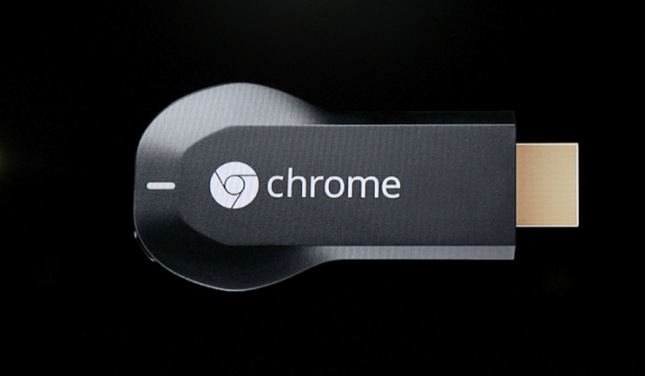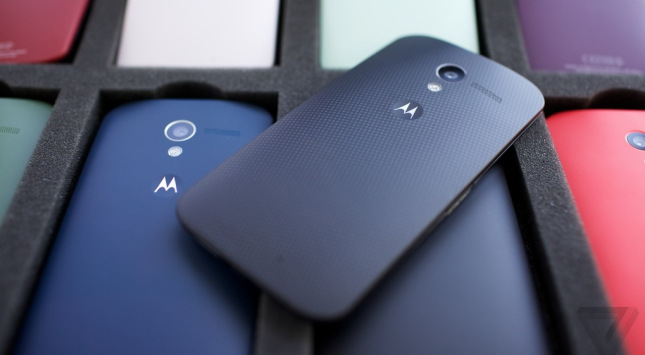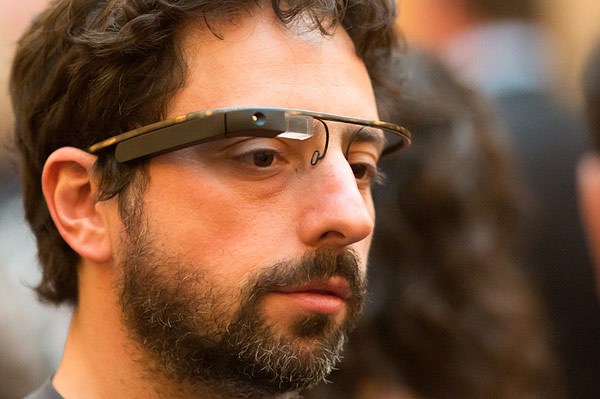 One of the downsides of the big gadget revolution of the past few years is television spaghetti, or that big mess of wires that many people have behind their home entertainment systems. With all the PVRs, game consoles and media-streaming set-top boxes out there, plenty of households are having to deal with this unseemly problem.
One of the downsides of the big gadget revolution of the past few years is television spaghetti, or that big mess of wires that many people have behind their home entertainment systems. With all the PVRs, game consoles and media-streaming set-top boxes out there, plenty of households are having to deal with this unseemly problem.
Fortunately, things are likely to improve over the next few years as TV sets gets more powerful and connected and more cloud services take off. PVR pioneer TiVo is just one of the big names looking to replace hardware-based recording with an internet-accessed service, while Sony is leading the charge toward cloud gaming with PlayStation Now, scheduled to launch in a few months. Some day in the not-too-distant future, both PVRs and game consoles - with all their attendant wires - will be a thing of the past.
Media-streaming devices such as Roku and Apple TV are likely to beat them to the punch, however. California-based Roku is indeed taking steps toward that wireless - or at least less-wired - destiny with its announcement Tuesday of a new stick-like streaming device that plugs directly into TVs. The Roku Streaming Stick, which resembles a USB thumb storage drive, will be available in Canada and the United States in April at $59 and $49, respectively.
Roku has had a similar device on the market since 2012, but this one is different in several respects. For one, it works with any high-definition television, whereas its predecessor was only compatible with so-called “Roku-ready” TVs. The new Stick plugs into any HDTV’s HDMI port, with an additional power plug going into the set’s USB port. Users who don’t want to clog up their USB port have the option of plugging the Stick into a regular electricity outlet for power, but that might defeat the whole idea of getting rid of excess wires.
Regardless of power option, the Stick gives American users access to Roku’s 1,200 apps or “channels,” as the company calls them, while Canadians get about 750. The device also comes with the basic remote control, which is similar to that included with the Roku 1 and Roku 2 streaming boxes, but which lacks the headphone jack or motion gaming control of the Roku 3.
The Streaming Stick is similar to Chromecast, the $35 Google device that also streams online apps and media to TVs. Roku’s price premium represents the extra value of having the remote control, while the Stick itself is an obvious answer to Google’s device, which has been wildly popular in the United States since its release last year. Canadians are still out of luck when it comes to Chromecast, meaning that Roku’s device may have a leg up here when it’s released.
The Streaming Stick isn’t Roku’s only effort to eliminate TV spaghetti. The company announced its own Roku TV at the Consumer Electronics Show in January, a collaboration with Chinese television makers Hisense and TCL that will see its streaming devices effectively built into the flat panels themselves.
Set-top streaming boxes are thus coming under pressure from both ends - from smaller, cheaper and more convenient USB-like dongles, and “smart” televisions with software and interfaces that are indeed smarter, as opposed to the dog’s breakfast that many of them have been so far.
The writing is on the wall for boxes, but their demise probably won’t happen overnight. “We think the external player is going to be around for many years,” says Lloyd Klarke, Roku’s director of product management. “There are still a bunch of TVs that need Rokus attached to them.”
Roku TVs are coming to the United States later this year, he added, with their arrival in Canada likely happening a few months after that. Still, it won’t be too long before at least a few wires can be trimmed away from that giant mess behind the TV.
 Don’t look now, but Google has beaten Roku’s Streaming Stick into Canada with the international expansion of Chromecast, its own streaming dongle for HDTVs. The device, which has been popular in the United States since its release there last year, became available in Canada for $39 through Amazon.ca and Google Play as of Tuesday evening, as well as 10 additional countries.
Don’t look now, but Google has beaten Roku’s Streaming Stick into Canada with the international expansion of Chromecast, its own streaming dongle for HDTVs. The device, which has been popular in the United States since its release there last year, became available in Canada for $39 through Amazon.ca and Google Play as of Tuesday evening, as well as 10 additional countries.



